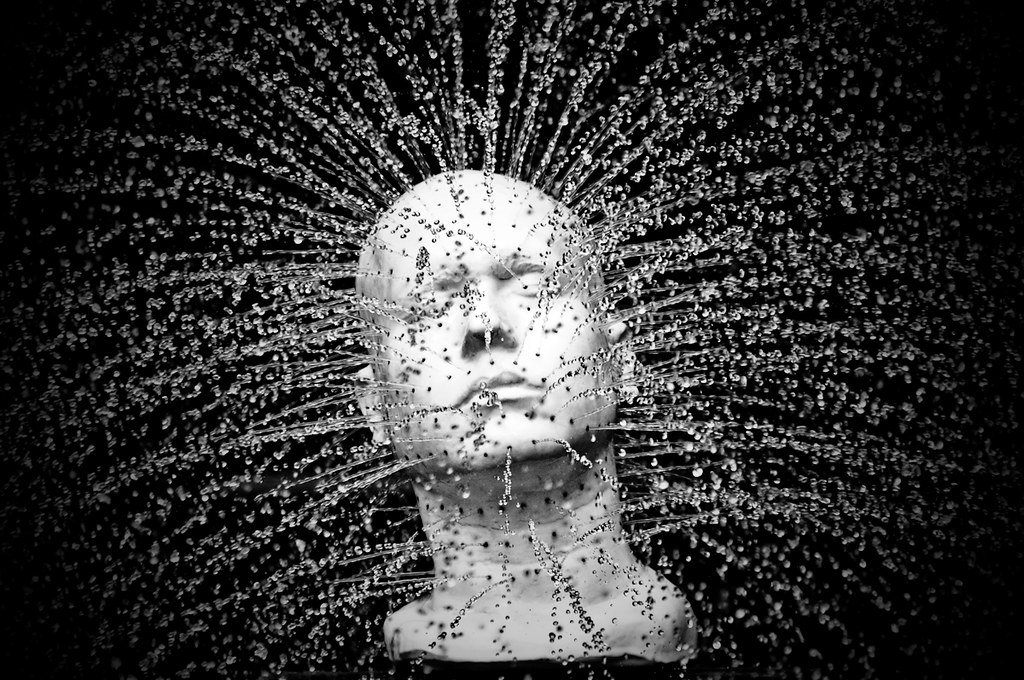In Zen literature, with the exception of the word "Buddha," "mind" is used perhaps more often than any other. So what is this mind that so many Zen masters speak of?
It's easy to turn the the Buddha mind into an eternal principle akin to the Christian soul or Hindu Atman. But Zen, fertilized by Taoism's appreciation for simplicity and the natural world, is not interested in an eternal Consciousness or Mind that all beings share. (This is why I don't capitalize the word.) The Buddha mind is much more ordinary than that.
It's seeing, hearing, tasting, touching, feeling, and smelling without adding judgment or evaluation. When it's cold and your nose is running and your cheeks are numb, your entire world is freezing. That's the Buddha mind at that moment, completely clear and open to the circumstances--in this case, cold.
When you go inside and warm yourself by the radiator or fireplace, the Buddha mind is cozy and comfortable.
Wherever we go, we bring the Buddha mind with us, not as a thing, but as a capacity for openness. Zen practice trains us to pay attention to this inherent human function by being open to whatever appears in front of us. It can be the headache pounding in our temples, the anxiety gripping our minds and keeping us up late at night, or the satisfaction from a hard-earned meal.
In this way, the Buddha mind is actualized when we realize the true nature of our minds--clear, empty, and open to anything that appears in front of it.It's as ordinary as a runny nose or rewarding yawn. The question, as always with Zen, is how open are we to the present moment? Buddha, in this context, means being fully human; it's the fulfillment of who we are.
Just hear, just smell, just taste, just see. My children are watching Shrek 2 right now; I can hear the ogre's dialogue in the back of my ears. The fire in the fireplace is settling down to low embers; my eyes are getting heavy. These are all expressions of mind. However, like all things, soon they will change.
Our task is to remain open to it all, moment after moment after moment.

